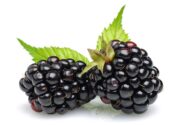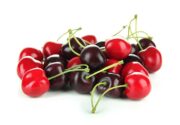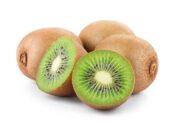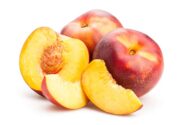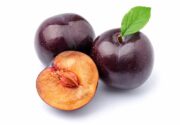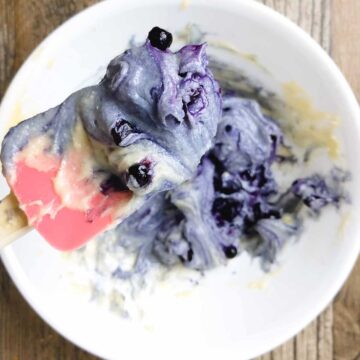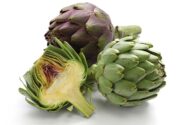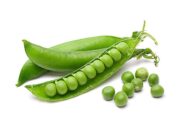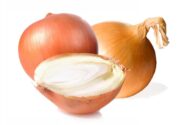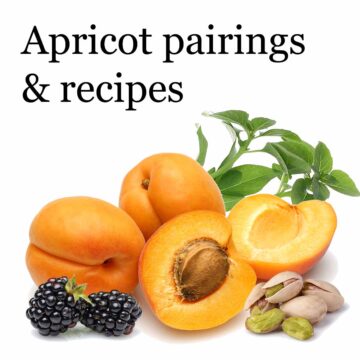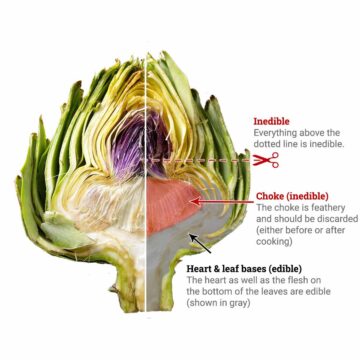The fruits and vegetables in season this month can be pretty weather-dependent. Warmer weather will bring berries in earlier in the month, and rain can affect how fast they grow or ripen. Meanwhile, asparagus, artichokes, and peas should be abundant in May.
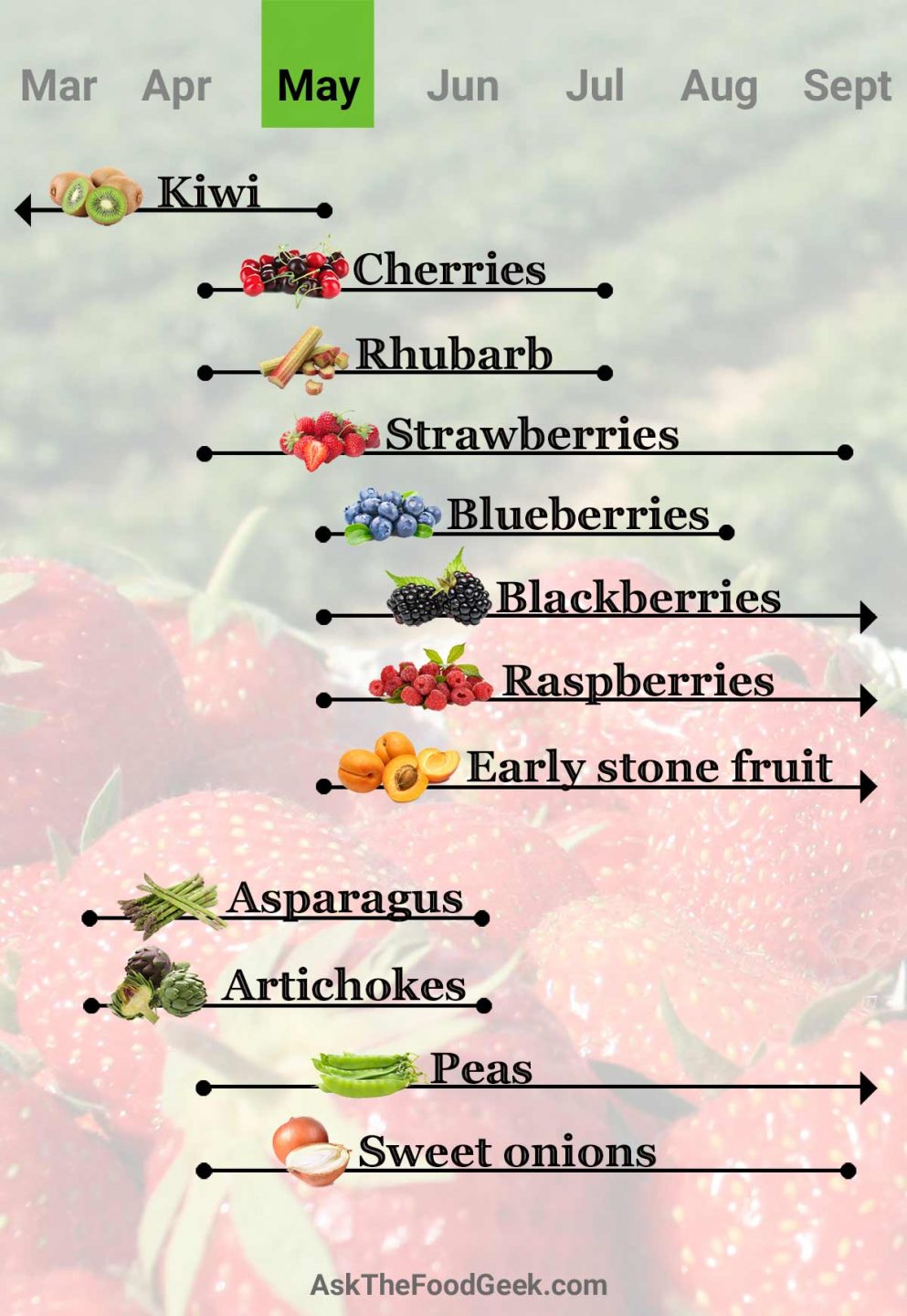
What fruits are in season in May?
Those of you who live in warmers climates get to enjoy plenty of strawberries, blueberries, raspberries, blackberries, and cherries this month. Early stone fruit also start to ripen, like apricots and early varieties of peaches and nectarines.
In cooler climates, you'll see all of these at the grocery store (and sometimes on sale), imported from warmer states like Florida or California. You might have to wait until the end of the month, or into June, for them to be in season at the local farmers markets. I live in the Chicago area and berries are in season toward the end of May, with cherries and other stone fruit lagging behind into June.
Let's dig a little deeper into a few of the most anticipated fruit this month.
Strawberries
Strawberries should be in-season at most farmers markets around the country this month. If you want strawberries with good flavor, it's worth waiting until they are in season near you and you can buy them from a local market.
Strawberries shipped in from other states need to be picked while still hard and unripe, preventing them from developing their full flavor (or any flavor at all sometimes!). The berries are picked when their color is still mostly white, but they continue to turn red after harvest. Unfortunately, this makes it incredibly difficult to know if fruit from the store will have flavor.
If you get strawberries without flavor, they can still be useful. Cook them down into a concentrated syrup for ice cream, add them to a lightly flavored salad dressing, roast them to bring out their sugars, or any other ideas in this strawberry recipe collection.
Blueberries
Blueberries have a shorter season than strawberries and other summer berries. They usually show up in May (or April in much warmer areas), and last until August.
The difference between flavorful and bland blueberries isn't as big as it is with strawberries. However, when blueberries are harvested at peak ripeness, they are so full of flavor it's hard to even compare them to fruit from the grocery store.
Ripe blueberries are highly perishable, so you are unlikely to find the best ones at a supermarket. Unripe berries have hints of red or green, however after a few days they will turn blue (but not get sweeter). This makes the quality hard to determine without a taste test. Luckily, they grow well in most parts of the US, so you can usually find them at a nearby farmers' market in summer or even a u-pick farm.

When you bring blueberries home, store them in a single layer, on a tray lined with paper towel. This makes them last a little longer and also makes it easier to spot molding blueberries. A bad blueberry will start to leak juice onto the paper towel - just throws those berries away.
Raspberries
Raspberries are another spring and summer fruit worth seeking out locally. They are the most delicate fruit that does not withstand shipping if even remotely ripe.
Farmers market raspberries will be much better than store bought, but not as good as home grown. It's just not possible to let them get that ripe and transport them to the market.
I grow raspberries in my back yard and they barely make it into my house without falling apart or squishing, even when I hold a dozen gently in my hand. The flavor from berries this ripe, however, is memorable and worth seeking out.
Farmers markets, and even the grocery store, are offering more raspberry varieties than in the past. It's not uncommon to find yellow or black raspberries during peak season. I've found yellow raspberries to have a milder flavor, while black raspberries are more intense. It could be the climate near me, so be sure to try them all!
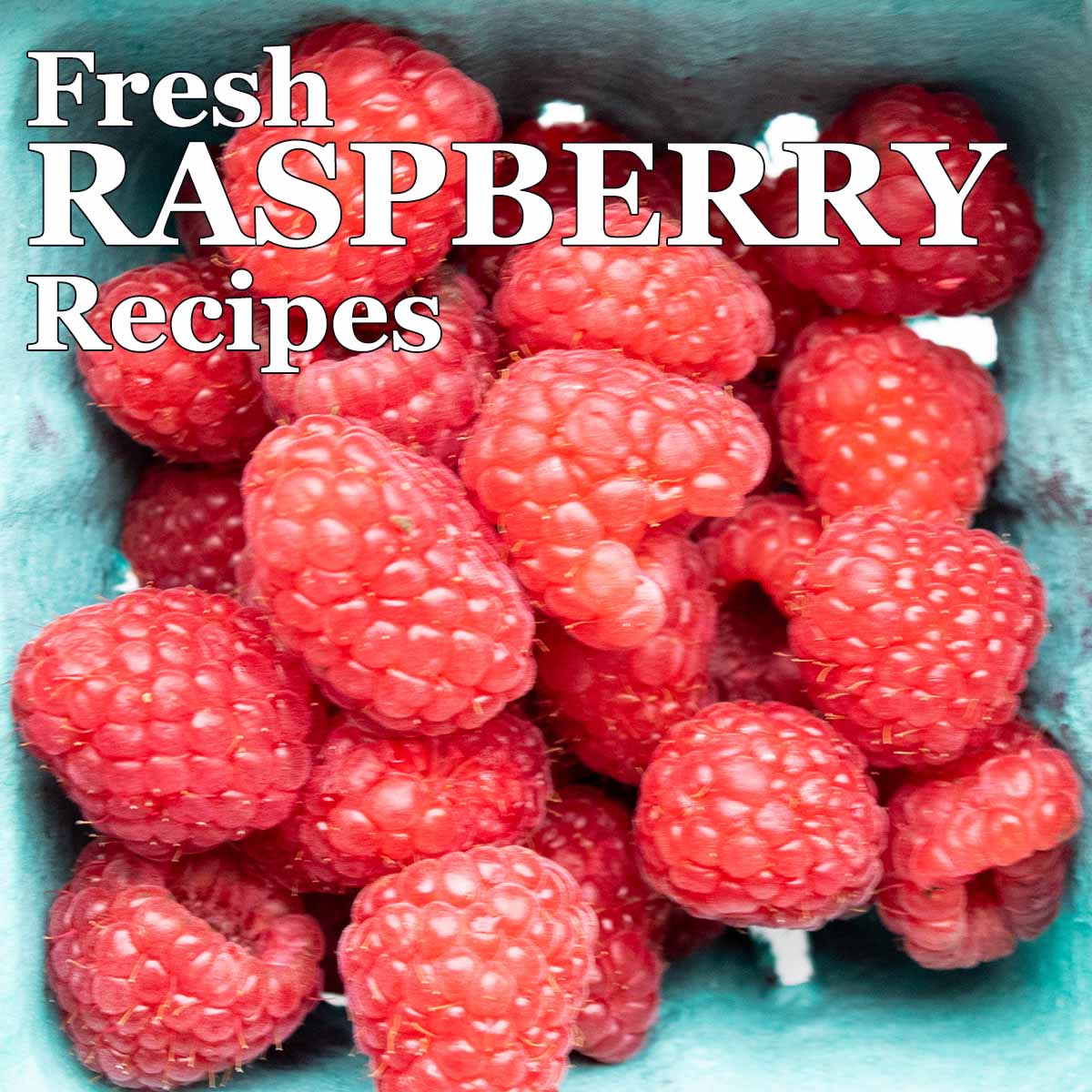
If you love raspberries, you won't want to miss this collection of raspberry recipes. I found recipes from great bloggers who pair them with white chocolate, lavender, and even coffee (like iced raspberry lattes). There are also recipes for breakfast, lunch, dinner, salads, and desserts, like raspberry-apricot BBQ ribs or a triple berry tiramisu.
Blackberries
You may have noticed that some blackberries taste bitter, while other summer berries like raspberries or blueberries don’t. Blackberries start out bitter, turning sweeter and less bitter as they ripen.
When picked perfectly ripe, they are rarely bitter (weather can still affect their bitterness). However, blackberries from the grocery store are often bitter because they need to be picked early to survive shipping.
If you get bitter blackberries, there's actually quite a lot you can do to fix the problem. Sugar masks our ability to taste bitterness, while fat balances it out. So you could macerate blackberries in sugar, than add them to the top of a baked brie cheese or on a goat-cheese topped bruschetta. Get all of the tips from, "Why blackberries are bitter & how to fix it."
Vegetables
Spring vegetables are in season throughout all of May, including asparagus, artichokes, peas, and rhubarb. Rhubarb, in particular, pairs well with several thanks to its sweet-sour flavor that adds a lot of interest.
Rhubarb
While everyone if familiar with rhubarb, it's not very commonly used. It has a very unique flavor that is not appetizing when raw (in most cases), but can be very interesting when paired with the right ingredients.
Rhubarb's tart, sour flavor is often paired with sweeter ingredients. The tartness balances out the sugar and adds depth to otherwise sweet desserts. That's why rhubarb is often found in strawberry pies.
Rhubarb pairs well with all sorts of savory dishes and meat from beef to salmon. For example, the sour flavor works especially well in a sweet & sour pork or chicken dish.
Rhubarb is only really found in grocery stores (and farmers markets) when it's in season. Out-of-season options are rarely sold. When shopping for rhubarb, look for sturdy stalks (like you would for celery). The color of the stalks is not necessarily a predictor of flavor, as there are many different varieties with various coloring. Only eat the stalks, the leaves are poisonous.

If you want to cook with rhubarb this spring, browse through over 50 rhubarb recipes I've collected. Or check out these raspberry-rhubarb pairings or strawberry rhubarb pairings.
Asparagus
Asparagus is the quintessential spring vegetable and should be abundant across the country throughout May. Asparagus flavor and texture is best shortly after it is harvested, so you will find better quality at the farmers market.
If the base of the asparagus isn't woody, it was likely harvested that day. Over time the base turns woody and dries out. That's inevitable at the grocery store, but you can simply cut the bottoms off.
The texture can get more fibrous and stringy over time as well. Tough asparagus spears are a result of long storage, not the thickness of the spear. Cooking won't fix the problem. Your best bet is to slice them into little rounds so the stringyness goes mostly unnoticed.
Thin asparagus spears are great for steaming and sauteing, whereas thicker spears hold up better to the high heat of grilling and roasting. See all of the different ways to cook asparagus and the best recipes for using them.
Interested in growing your own asparagus? Check out my garden guide that explains exactly how asparagus grows and the best varieties for your region.
Artichokes
Artichokes are a Mediterranean vegetable, which means the US production is limited to the mild pars of California. But they ship well enough, so the rest of us can enjoy them anytime they are in season. They are most abundant in spring and fall, tapering off for a while during the hottest part of summer.
Look for artichokes with tightly closed tips. Open leaves are a sign it's overripe. For more information on artichokes, visit my seasonal artichoke guide and tips on how to cook artichokes.
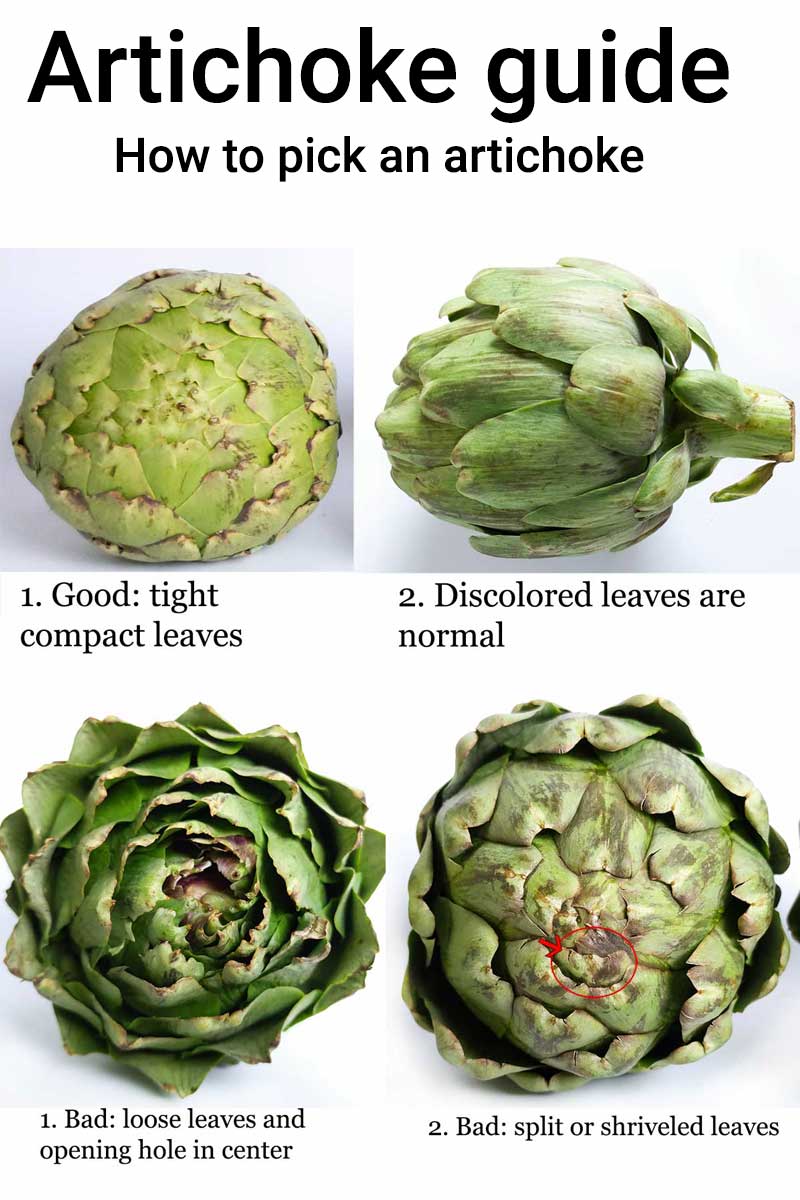
Spring recipes for May
Recipes this month are full of spring fruits & vegetables, and grills start up for the season. The following recipes collections will provide endless ideas.
- 50 cherry recipes to catch your interest (cheese plates & pies to salads & steak)
- Strawberry recipes: from shortcakes to BBQ sauce
- Raspberry flavor pairings & recipes
- 75 blueberry recipes & flavor pairings
- Apricot recipes: floral, nutty, berry, and corny
- Blackberry recipes: from cocktails to BBQs
- Why blackberries are bitter & how to fix it
- 50 rhubarb recipes: sweet & savory
- How to cook asparagus: 10 methods & 50 recipes
- How to prep artichokes & 8 cooking methods
More seasonal guides
The monthly guides will show you what's coming up in June and beyond. You can also browse through a full list of produce guides for more information on your favorite seasonal fruits & vegetables.


